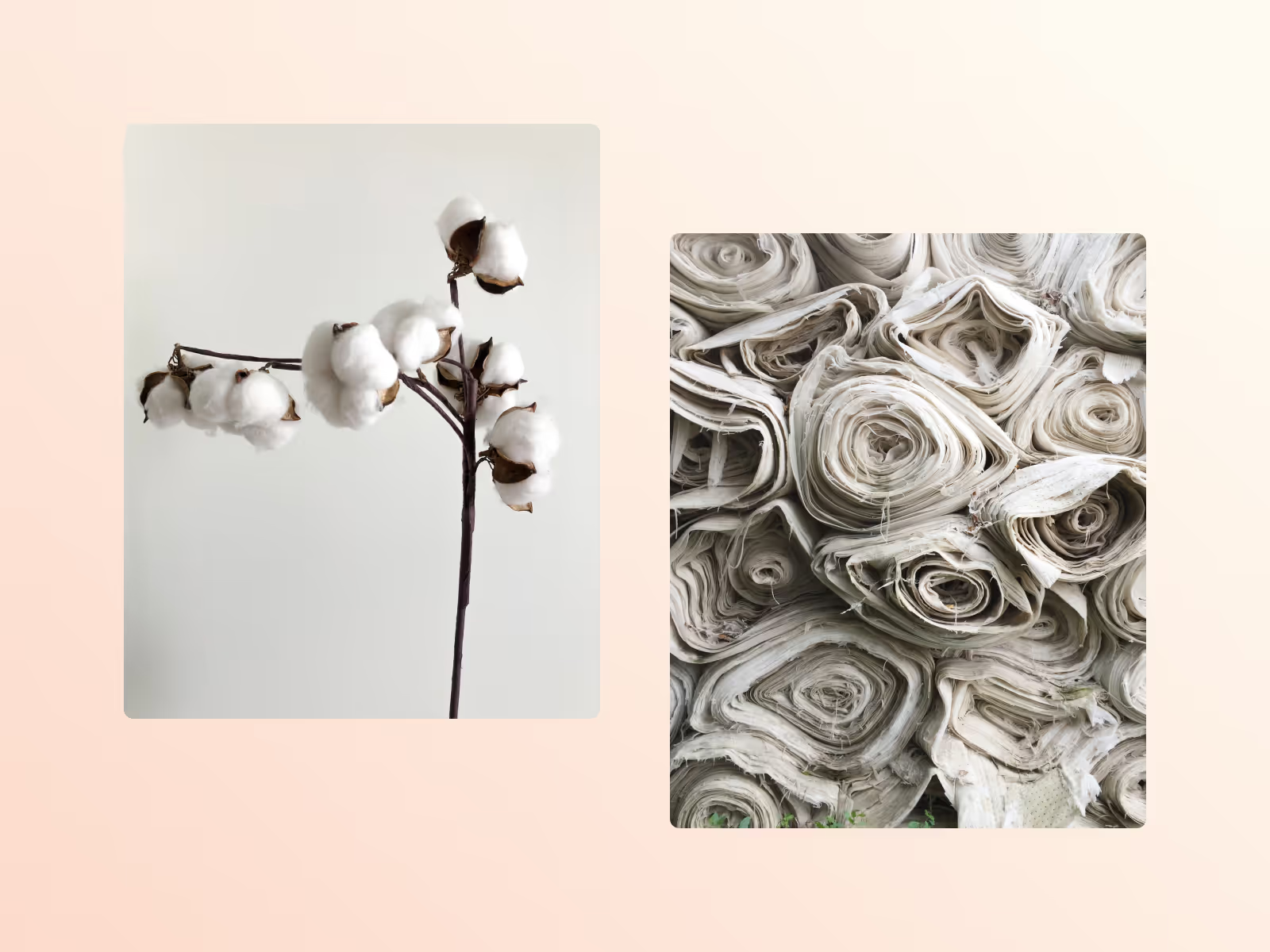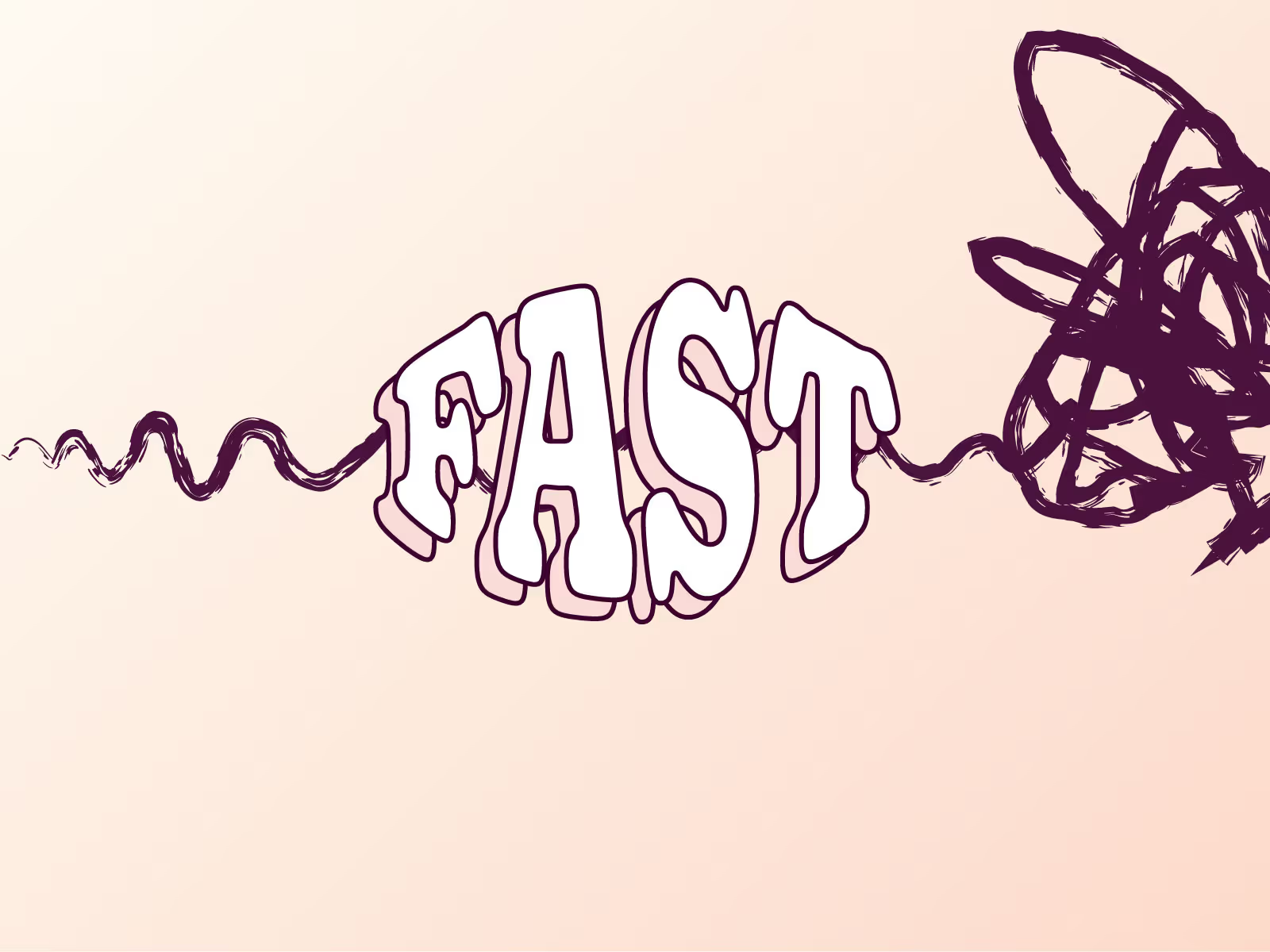What is cotton made of?
Cotton is made from the natural fibres of a cotton plant — from the genus Gossypium. Cotton refers to the soft, fluffy, fibre balls at the top of the plant. The fibres are a protective cover for the plant's seeds inside.
Cotton is grown in nearly all tropical and subtropical areas around the world. Including the Americas, Africa, Egypt and India
The cotton fibres are spun into yarn that is woven to create a soft, durable fabric.
Why is cotton bad?
Cotton is one of the thirstiest crops in the world. The world is facing a water crisis and we don't have enough fresh water to meet demand.
Cotton uses a lot more water than crops like sugar cane, wheat, or rice. It takes roughly 2,700 litres of water to produce a single conventional cotton t-shirt.
Cotton covers 2.5% of the world's cultivated land but uses 16% of the world's pesticides. Overuse of chemical pesticides has many negative knock-on effects.
Chemicals runoff from crops into local waters and contaminate food and water supplies.
The people that harvest cotton crops are subject to harmful and toxic chemicals. Which causes disease, illness and sometimes birth defects.
Cotton is hand-picked in many countries — and this work will often be done by children.
What is meant by organic cotton?
Organic cotton refers to any cotton that has been grown without using synthetic fertilizers, pesticides, or herbicides.
The plants are made from non-genetically modified seeds.
What is the difference between cotton and organic cotton?
The process for growing and harvesting cotton is the same for conventional and organic cotton.
Though a simple switch from conventional to organic cotton can have some big positive effects. CO₂ emissions are reduced by 45% and water usage can be reduced by 90%.
With conventional cotton, workers are exposed to toxic and carcinogenic chemicals. So growing organic improves the working conditions and health of workers significantly. And gives the community access to clean drinking water.
Natural fertilizers help to maintain healthy soil and support biodiversity and healthy ecosystems. The land lasts longer without chemicals too — meaning a longer-lasting asset for the farmers.
What percentage of cotton is organic?
Cotton is the most grown non-food crop in the world. Nearly half of all textiles are made of cotton.
But according to the Organic Trade Association, less than 1% of all cotton grown is organic.
What are the disadvantages of organic cotton?
The price of garments made from organic cotton will usually be higher. The cost difference is down to a few things.
Organic crops have a lower yield per acre. Organic crops are more prone to weeds and insects. And the process is more labour-intensive which means higher harvest costs.
Just because the fertilizers used are natural, it doesn't mean they're entirely harmless. They can still be toxic.
With more and more brands offering organic clothing — it's easy to get distracted by the word organic. Here are some tips to get to the bottom of brands sustainability claims and avoid being greenwashed.







